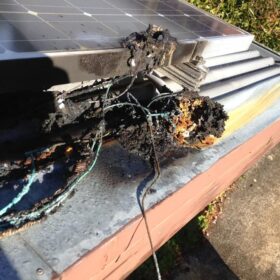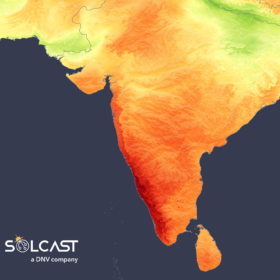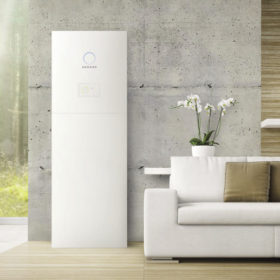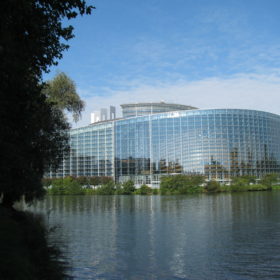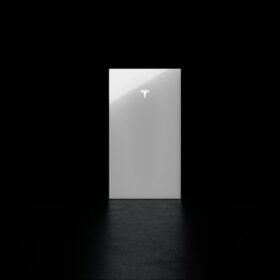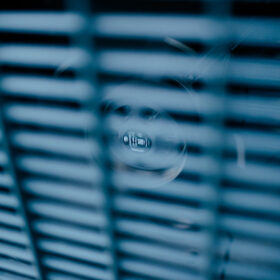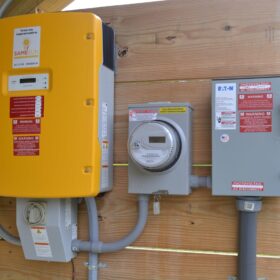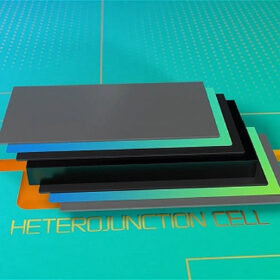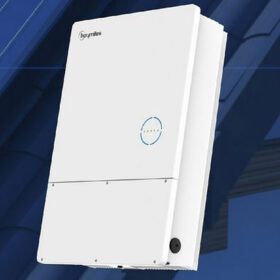DC isolators trigger sharp increase in solar fires in Australia
Data shows a sharp increase in the number of fires caused by the DC isolators that separate the grid from solar panels. ABC News gathered state-by-state data revealing a dramatic increase in fire incidents in the last 12 months.
August impacts on Asia’s solar production
In a new weekly update for pv magazine, Solcast, a DNV company, reports that Southern India was the standout in terms of unusual irradiance in Asia in August, with 40% more than the month’s average. This brought the average irradiance up to 6 kWh per day.
AI control tech to improve coefficient of performance of air source heat pumps
Scientists from South Korea have developed a heat pump optimization technique that controls the secondary refrigerant flow. The proposed technology offers the advantage of bypassing the need to control the compressor of the heat pump, which is a function that is commonly not available in commercial devices.
Italy adds 1,468 MW/2,058 MWh of distributed storage capacity in H1
Italy hit 3,045 MW/4,893 MWh of distributed storage capacity in the six months to the end of June. The segment continues to grow, led by the regions of Lombardy and Veneto.
European Parliament sets 24-month limit to approve renewables projects
The European Parliament has approved a 24-month limit for the approval of renewable energy projects, with a requirement that national authorities complete the process within 12 months for installations in “areas conducive to renewables” and within 24 months for projects outside of these areas.
Tesla launches Powerwall 3 battery
Tesla has launched the Powerwall 3 battery with an energy capacity of 13.5 kWh and continuous on-grid power of 11.5 kW, featuring dimensions of 110 cm x 61 cm x 19.3 cm and a weight of 130 kg.
PV-driven heat pump system for freshwater production, cooling, hot water
Scientists in India have combined a solar-assisted heat pump with a humidification-dehumidification and vapor compression refrigeration (HDH-VCR) cycle to generate heat and cooling. The system is reportedly able to generate up to 5.5 l per hour (LPH) of fresh water while achieving an ‘enhanced’ coefficient of performance.
How long do residential solar inverters last?
A range of different factors can affect the productive lifespan of residential solar inverters.
REC launches 470 W heterojunction solar panel with 22.6% efficiency
REC has developed a new series of heterojunction solar panels with efficiencies up to 22.6% and an operating temperature coefficient of -0.24% per degree Celsius.
Hoymiles launches hybrid inverters for residential PV
Hoymiles has developed new hybrid inverters for residential PV applications. They have a nominal power range of 3.8 kW to 11.5 kW and an efficiency of 97.6%.
